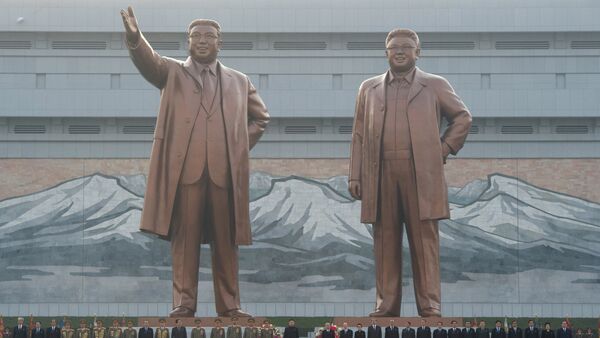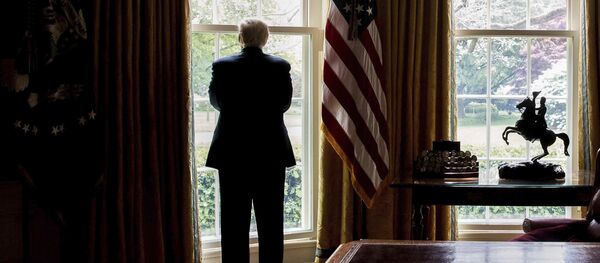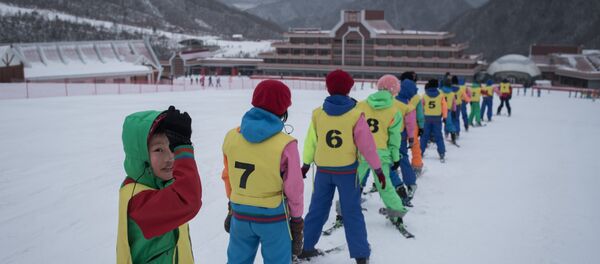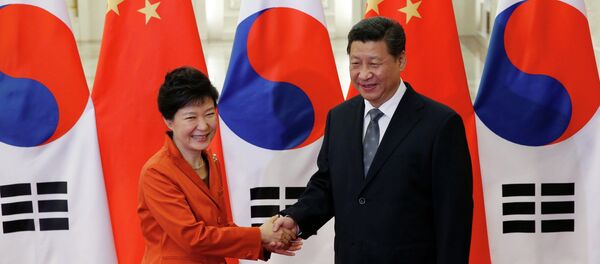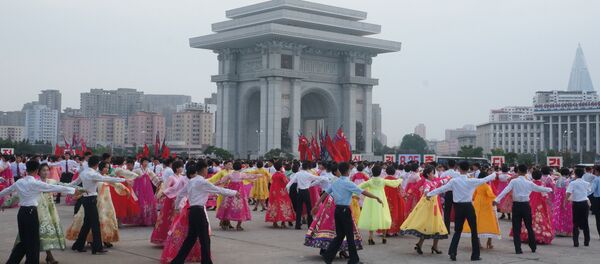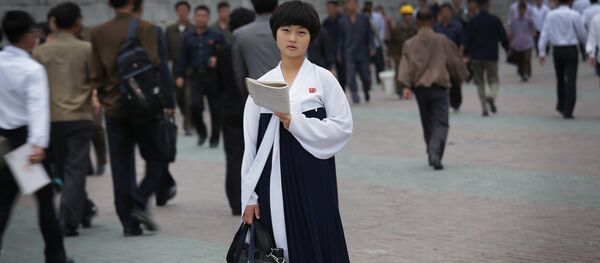Passenger Ferry
The Rason Special Economic Zone was established in 1991 on the border with China and Russia. It consists of two cities: Rajin and Sonbong. North Korea is actively attracting investments from China to this zone, mainly for the construction of hotels. A trip to Rason is visa-free for foreigners; this is one of the reasons why it is cheaper traveling there than to other cities of the DPRK.
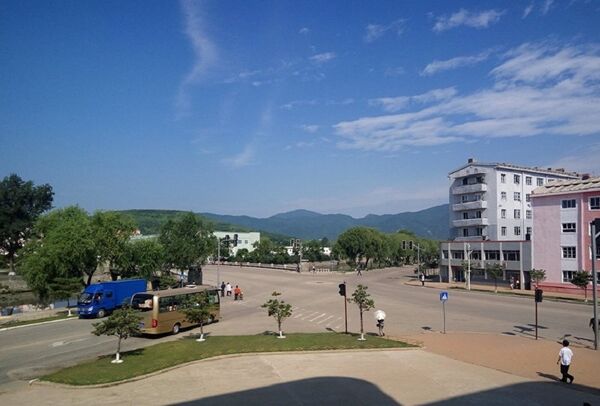
North Korean customs officers inspect tourists arriving on the ship with manual metal detectors. During the procedure of customs clearance, tourists declare cameras, tablets, phones and flash drives, as well as books and magazines (including total number of pages). All these things will have to be presented when leaving the country, and therefore can't be thrown away.
Watching Closely
There is one mobile operator in North Korea; SIM cards of foreign mobile companies don't work there. Tourists can buy a card to use mobile communication; however, mobile internet is not available in this country. Residents are used to learning about news from newspapers, radio and TV.
Foreigners in the DPRK are prohibited from photographing the local population without a guide's permission. Also, it is forbidden to buy and export local currency — the Korean People's Won — from the country. Tourists are welcome to pay with Chinese yuan, US dollars and euro.
Island With Seals and the Most Expensive Hotel
Russian tourists spend one night of the five-day tour in "Rason," a new hotel in the center of Rajin. It has spacious triple rooms with plasma TVs, music centers and water heaters.
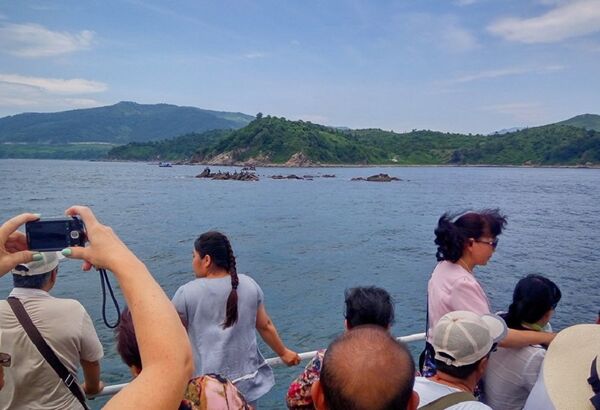
The most expensive hotel in Rajin, the "Emperor," is situated on the beach near the island of Pipha. According to guides, the famous actor Jackie Chan invested in its construction.
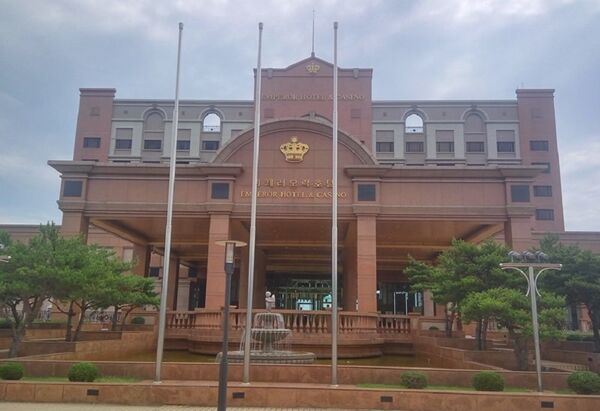
Tourists can take a tour of the hotel, which is popular mostly among guests from China. On average, the room will cost almost 9,000 rubles (US $150) per night. The hotel has restaurants, shops, a swimming pool, a bar, a gym and a small casino with poker tables.
"No Entry Beyond This Point"
After the tour, the group is brought to another small three-story seaside hotel "Golden Coast" on a fenced territory. On one side of the hotel there is a forest, on the other — rice fields with several peasant houses and a fishing village. If tourists come close to the fence, locals stop what they are doing and watch them.

There are people in camouflage on the territory of the hotel. "You can't go beyond the fence, military personnel can misunderstand you," guides warn.
Tourists are lodged in triple rooms overlooking the sea. There is a restaurant and a hall with a billiard table at the disposal of the hotel guests. On Sunday, which is the only day off in the DPRK, residents of Rajin and Chinese tourists can be seen on the beach in front of the hotel.
Mount Sahyan and Trees in Glass
The mountain has a well-maintained stone path for climbers. Along the way, tourists pass by trees covered with glass shells and canvas covers. For North Koreans, these trees are a national heritage, the guides explain. These trees have revolutionary slogans written on them, which can only be seen on public holidays. Students and residents of the city come to these trees as if they were monuments to pay tribute to their ancestors.
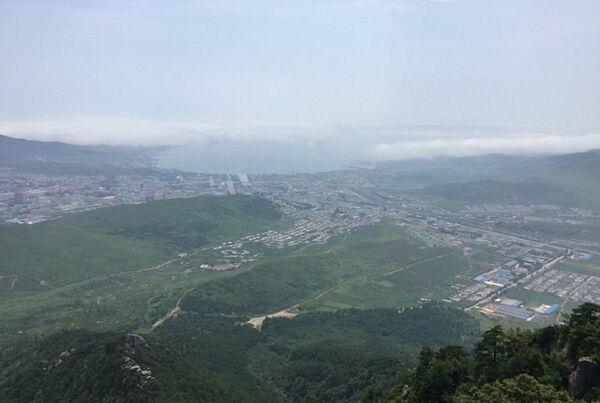
At the top of the mountain, there is an observation deck with a monument to "the great leader, Comrade Kim Il-sung" and "Comrade Kim Jong-suk," his first wife.
First Fishing Village and Gifts for Children
Rajin also preserved a place where one of the first fishing villages used to be. Only two houses are left there, a fisherman's and a peasant's home. These houses are shown to tourists only from the outside, as they are still inhabited by their descendants. "General Kim Jong-il visited this house," reads the inscription on the fisherman's house.

This is the most solemn part of the excursion program: tourists stand in a row in front of the monument; mobile phones and tablets should be removed. Photos can be taken only via cameras, and the monument must be seen in the frame entirely.
About 500 spectators gather in a concert hall, mostly tourists from China. Children from 4 to 7 years old sing, dance and show acrobatics. After the concert, the children line up in several rows onstage for a photograph with tourists. Gifts can't be handed to children directly: guests put them behind the curtains on the stage.
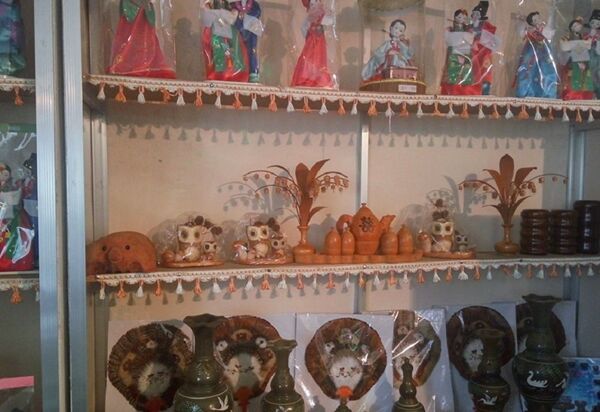
The Only Market Where Tourists Are Allowed
A market in Rajin is the only one in the DPRK where tourists are allowed to go. It starts work only at 3 o'clock in the afternoon and closes at eight in the evening. Crowds of local people gather near it a few hours before the opening. You can't take pictures in the market: "Even if you carefully take a picture, the residents will notice that and tell. We have very conscious people, they understand that this can't be done," guides explains.
Tourists are brought to the port a few hours before the departure of the ship. Customs officers check all things and souvenirs; all devices and flash drives must be handed over for clearance. If a tourist has photographed something forbidden, the photos will be deleted.

